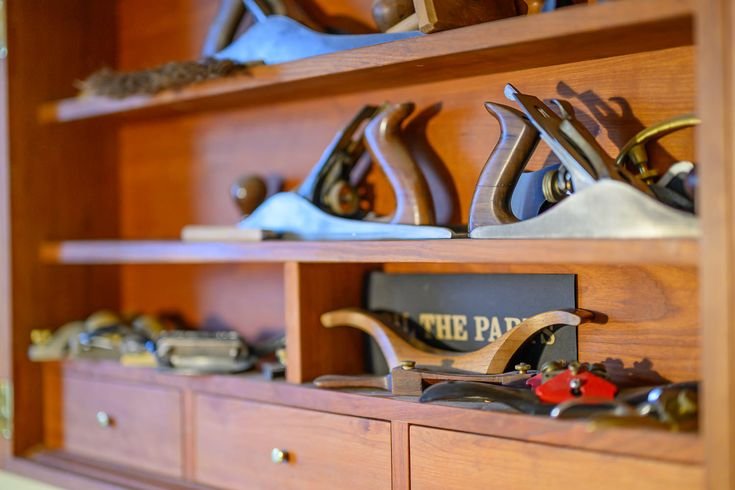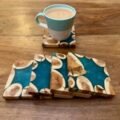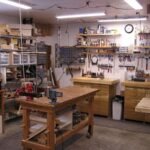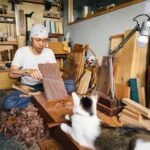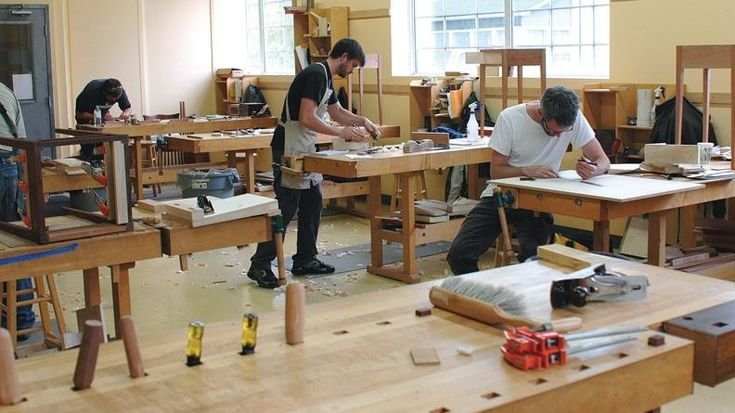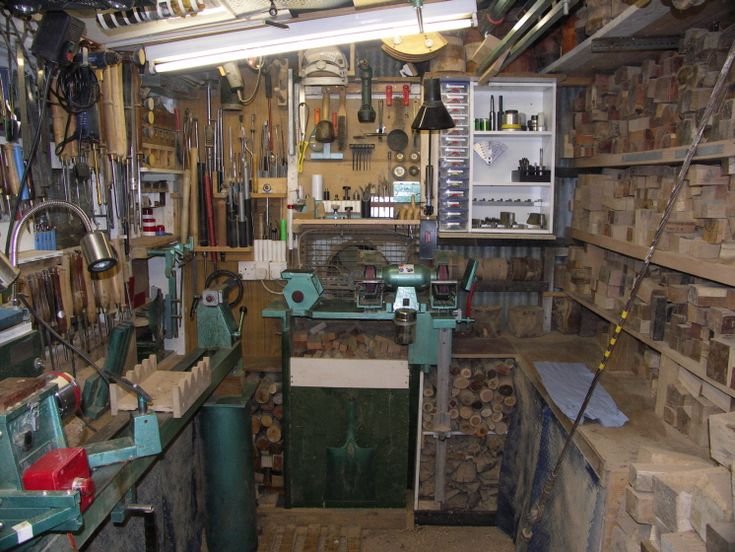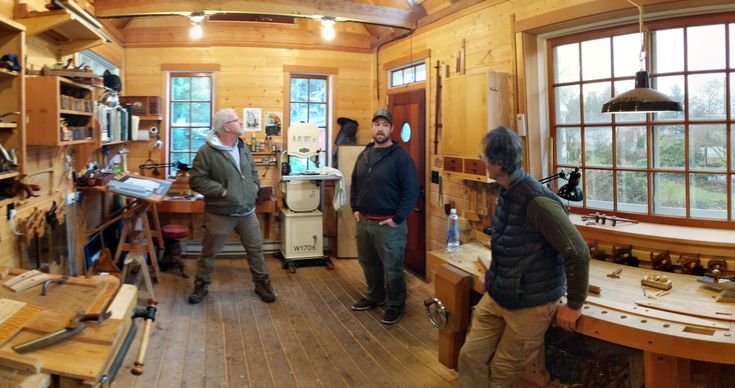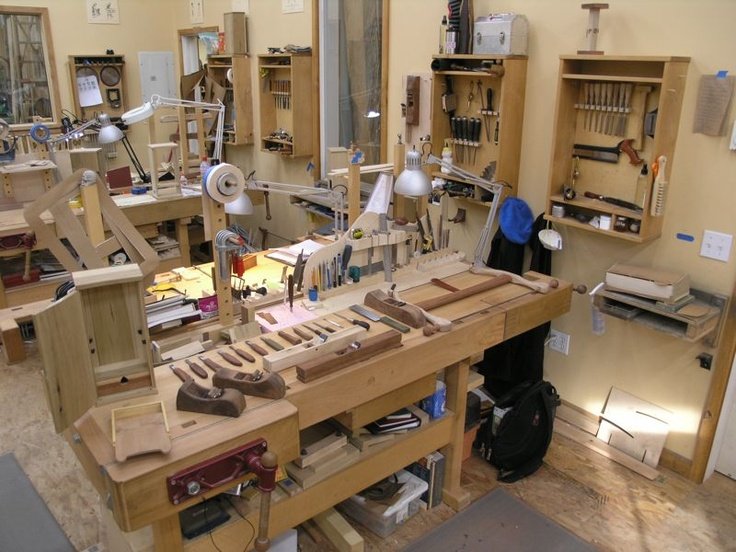A Love-Hate Relationship with the Speed Square
You know, I’ve been messing around with wood for a long time now—well, since I was old enough to lift a hammer, really—but there are some tools that just have this knack for making you question your very existence. Enter the speed square. Oh boy.
I remember my first real project, a little table to shove against the wall in my garage for when the neighbors came over for a brew or two. It was going to be rustic, just a simple design, but man, my inexperience shone bright like a neon sign. I got all my materials from the local hardware store—some nice pine boards. Pine’s always a favorite of mine; it smells so fresh when you cut into it, like nature’s own air freshener. And this square, let me tell you, it was a game changer, but also a source of great frustration.
So there I was, excited as a kid on Christmas morning with this shiny, new speed square in hand. You’d think it would be straightforward, right? But I’ll be honest, using that thing felt like learning to juggle chainsaws at times. I had it in my head that this would just magically help me create perfectly angled cuts. Little did I know, I had to do a bit more than trust a hunk of aluminum with a nice finish.
The First Cut
I set the speed square on my first board, the smell of fresh pine wafting through the air, full of promise and potential. I pressed down hard with my pencil, leaving a clear line for my jigsaw. I thought I was just gonna whip through those cuts like butter. Yeah, right. I ended up with angles that looked more like the ones you’d see on a poorly drawn cartoon than a proper table.
After quite a bit of frustration, I almost gave up on the whole project. I mean, who makes a table that looks like it was chewed up by a raccoon? I started to think maybe I should stick to DIYing my beer can collection instead—at least I could arrange them in a straight line. But there was something I couldn’t shake; the urge to make this work nagged at me like an old dog wanting to go for a walk.
The Epiphany
About a week later, staring at my pile of crooked cuts, I remembered something my grandfather told me when I was a kid, “Measure twice, cut once, and for heaven’s sake, use your tools correctly!” So, I picked up that speed square again, took a deep breath, and reread the instructions—yeah, I said it, I finally cracked open the manual.
Turns out, I was holding it wrong. It sounds ridiculous, but instead of reading the markings on the tool, I was trying to eyeball everything. Once I got it right, suddenly it was like everything clicked. I felt like I was discovering fire or something equally transformative. The speed square started to feel like an extension of my own hand. With each cut, it whispered sweet nothings of straight lines and proper angles.
The Joy of Success
And, oh man, when I finally pieced that table together? It was glorious. I remember that day; the sun was shining, birds chirping outside my garage; it felt like I was in a cheesy sitcom. Everything had a shine to it, from my breath of relief to the finished product itself. Sitting there on a stool, coffee in hand, looking at that wooden table, I couldn’t help but laugh out loud. “You did it, buddy!” I felt like I was on top of the world.
Hosting friends was the best part. They watched me proudly serve snacks on my creation, and despite a couple of wobbly legs, no one seemed to notice. I still have that table; it’s a bit battered now, but it’s got character, you know? And every dent and scratch tells a story.
Lessons Learned
So many times, I would sit in my garage tinkering, wondering if I was truly cut out for this DIY life. But then there’s that beautiful moment when the stars align, and something great comes out of all the fumbling. I think the best thing I learned about speed squares—and maybe woodworking in general—is patience. It’s not a race; it’s about the journey and how you get there.
And honestly? If you’re sitting there, on the verge of trying something with wood and a speed square, go for it. And if it doesn’t come out perfect, just keep at it. You might surprise yourself.
I wish someone had told me that sooner. Messing up is part of the fun, even if it feels like you might ruin everything at the moment. If you take the time to learn, and keep that coffee close, you can create a space in your life that’s filled with more than just wood—it’s filled with memories and laughter, even if they come after a few missteps.

